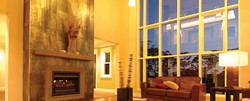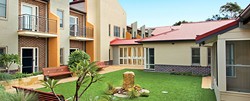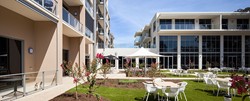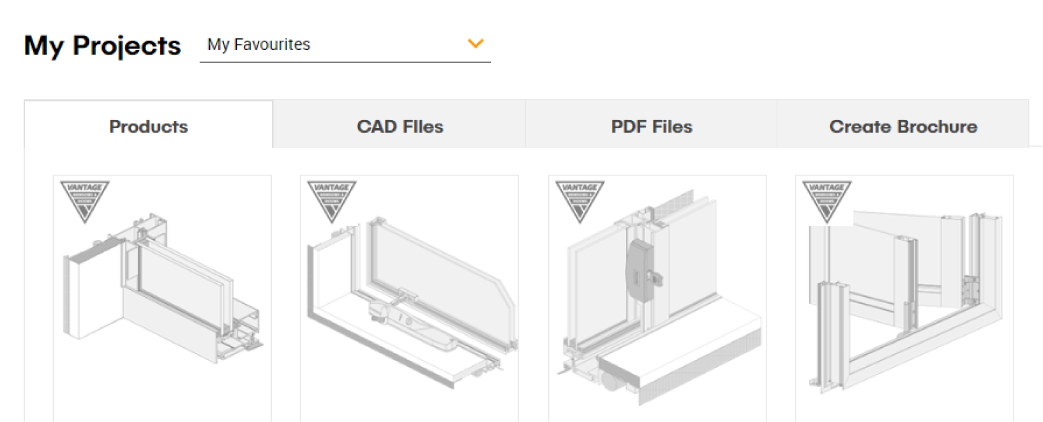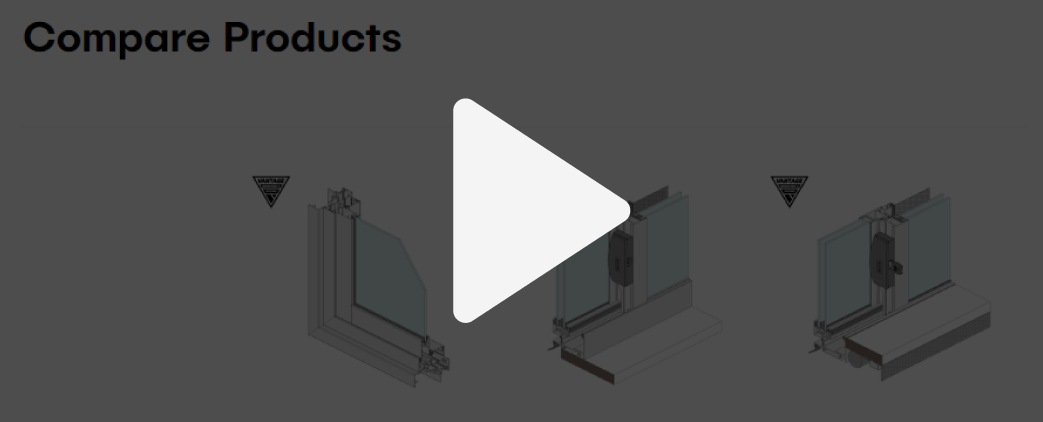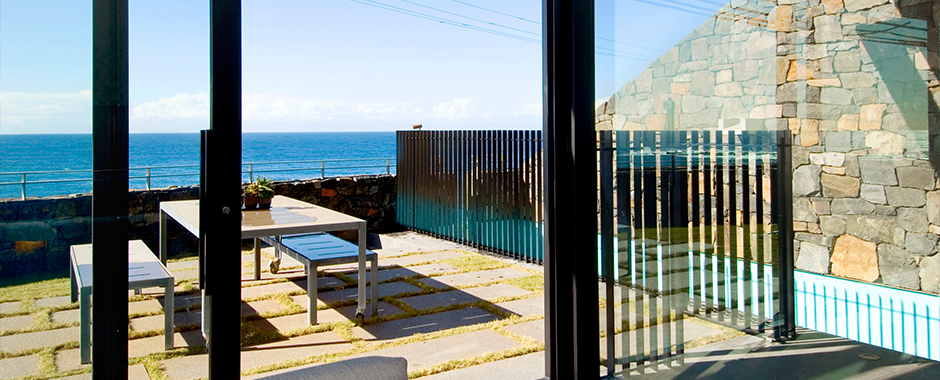A very simple regular maintenance program is required in order to comply with warranty requirements and will aid in retaining the appeal of your windows and doors for many years to come. After house construction, pay particular attention to ensuring that builder’s debris and dirt are cleaned from the inside of all door and window sills so that drainage holes are unobstructed. This is especially applicable to doorways that have been in regular use during the construction phase. Regularly clean door sills, tracks and all drain holes as part of your ongoing maintenance program.
External window and door frames should be washed with clean water. If the product is exposed to salt air or industrial pollutants it should be washed at least every three (3) months. In rural areas where normally there is very little contaminated moisture, you may not need to clean your aluminium joinery more than every six (6) months. In particularly harsh locations such as beachfronts, severe marine environments or areas of high industrial pollution, cleaning should occur monthly. Aluminium requires only minimal maintenance but, like your motor car, the finish may deteriorate if dirt collects on the surface and is allowed to remain unwashed over a period of time. This is because dirt absorbs moisture present in the atmosphere. To clean aluminium, use the mildest treatment you can to produce satisfactory results. First with warm water and soap or detergent; or for anodised material try solvent cleaners (e.g. kerosene, turpentine, white spirit) or non-etching chemical cleaners or a wax-based polish cleaner. Please note, solvent based cleaners should never be used on powder coated surfaces or hardware. Keep sills free from dirt and grit and ensure that the weep slots in the window and door tracks are clear to allow maximum drainage.
To clean clear float or toughened glass simply wipe over the surface with a few drops of methylated spirits on a damp cloth and then polish the surface dry with a lintfree cloth. Ensure that all cleaning cloths are free of any abrasive substances. Avoid causing extreme temperature changes as this may lead to thermal fracture of the glass (do not direct hot or cold water onto glass). For coated, laminated or tinted glass such as speciality or Low-E glass refer to the glass manufacturer’s website for specific cleaning instructions.
For more information click here



